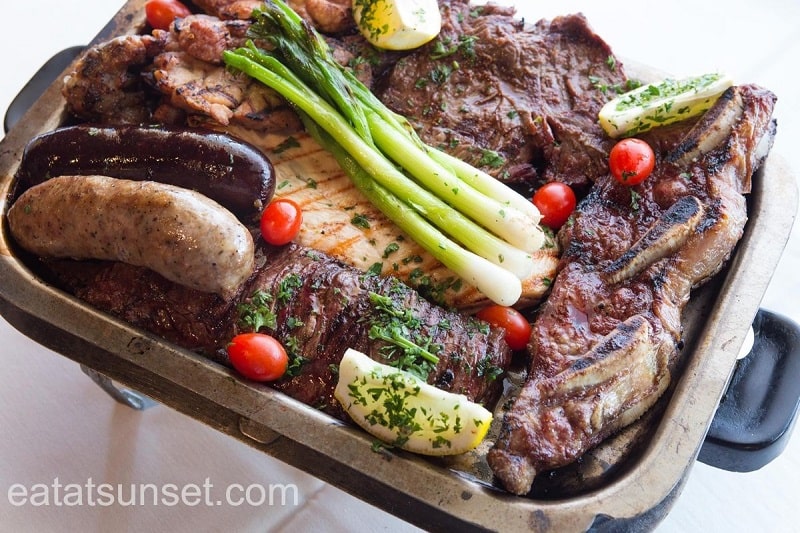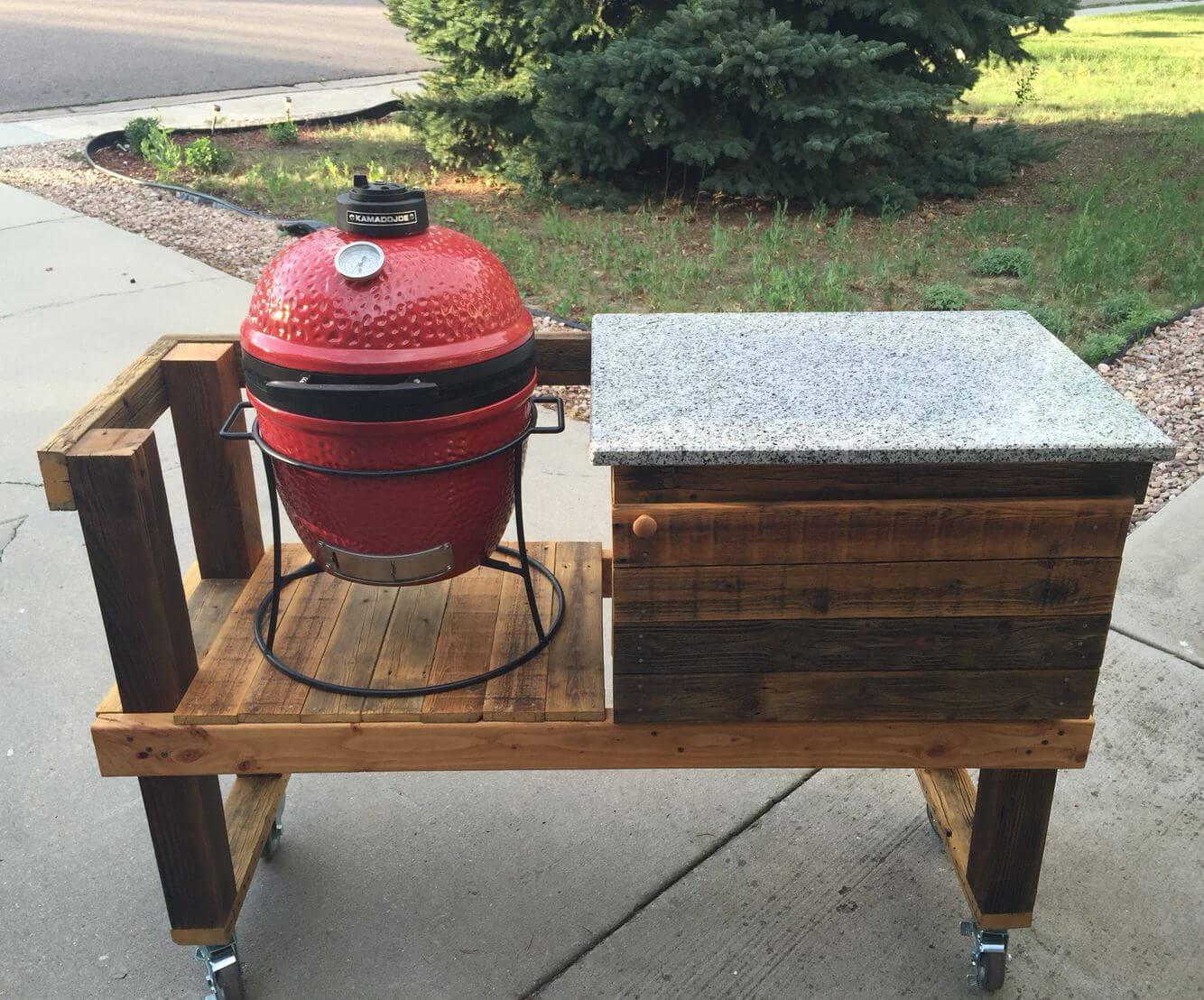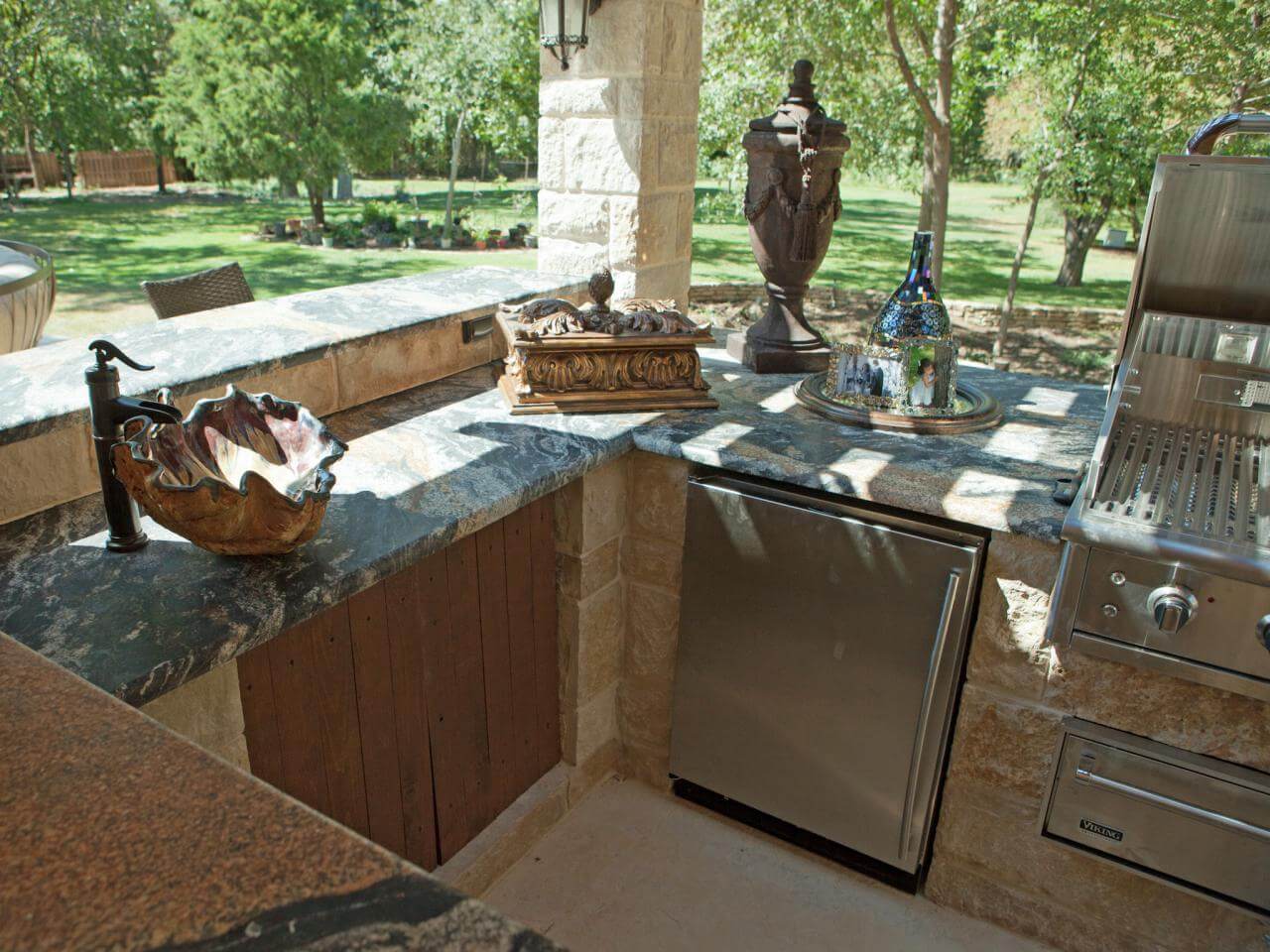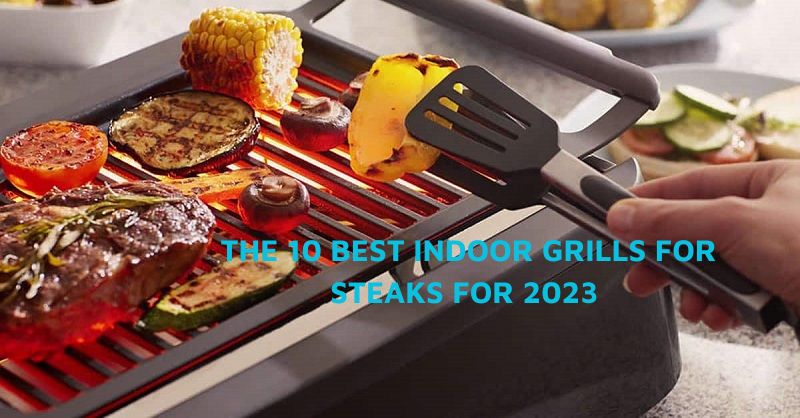
When To Wrap A Brisket? How To Wrap A Brisket?
We all understand the necessity of meat wrapping throughout the lengthy smoking process. When the temperature drops, wrapping the meat prevents it from drying out and speeds up the cooking process.
So, when to wrap a brisket? It’s time to wrap the flesh when it reaches 160-170 degrees and has a deep reddish-brown.
At Sunset Bar and Grill, we performed some research and discovered: “At what temperature should you wrap a brisket?”
When To Wrap A Brisket?

What is the appropriate temperature for interior meat?
When the meat’s internal temperature hits 150°F, it’s time to encase it. The brisket stalls about 150°F; the internal temperature of the flesh slightly rises.
Wrapping the meat will help it cook faster, pass through the stall, and reach a temperature of 203°F.
Wrapping at 150°F
Wrapping meat requires a minimum internal temperature of 150°F. The temperature will halt until the temperature reaches 150°F, as the flesh sweats.
When wrapping it in foil or butcher paper, the temperature will gradually increase to 203°F. Ensure the flesh is twice wrapped in heavy quality foil to keep the heat and steam contained.
Wrapping at 170°F
Encase the meat between 150 and 170 degrees Fahrenheit. Your flesh won’t stall until it reaches an internal temperature of 170°F.
Wrapping Too Soon
 Smoked brisket
Smoked brisket
You don’t want to cover the flesh too soon because it won’t absorb enough smoke and won’t have good skin. Depending on the size of the meat, you’ll usually smoke it for 8-10 hours before wrapping it.
It usually takes this long to reach the 150°F – 170°F range. You won’t get that lovely, crispy skin if you encase the brisket too early. Wrapping will soften the skin, so return the brisket to the smoker unwrapped before slicing.
Wrap The Brisket Too Late
When it comes to meat wrapping, there are advantages and disadvantages. If you wait too long to encase the flesh, it will take longer to cook and may absorb too much smoke.
The extra smoke time will make your brisket taste smokier if it’s beautifully clean smoke. However, exposing the meat to polluted smoke for an extended period will become bitter.
One advantage of postponing the wrapping is that your flesh will have more opportunity to develop skin. The skin will soften once you encase it with foil or butcher paper.
Why Do You Wrap Beef With Foil?

Smoked brisket in foil
You should encase their briskets and pork butts and ribs in aluminum foil or butcher paper during a cook. Some people cover solely based on the skin’s look.
However, not everyone will explain why they encase beef with foil. In any case, here are the common reasons:
Benefits:
Reduces cook time: By wrapping the flesh, you may speed up the cooking process and enjoy your incredible smoked meat even sooner.
You have to smoke meat for a long time for the fat and collagen within to break down. But if you cook it for too long, it will dry up. Wrapping it in plastic will help it stay wet and soft.
Stops meat from absorbing smoke: Too much smoke can impart a lighter, more fluid taste to your brisket. More smoke won’t contribute much flavor if the interior temperature reaches around 155°F.
Keep the beef “hot-hold” for many hours: As you take the meat from the cooker, it will quickly cool down. To avoid this, place your brisket in a dry cooler with towels to “hold” it.
Defects:
Can damage the skin: If you encase your brisket too early or cook it for too long while it’s covered, the skin will become a soggy, mushy mess.
How To Wrap A Brisket?

Wrap brisket in foil
There are two sorts of cooks in the world: those who encase their brisket and those who do not. I want my briskets to have a great crispy outside, so I cook them without covering them.
When finishing the grill, I prefer to encase it in peach paper and encase it in thick towels before storing it in a cooler.
That’s not to say I don’t encase my briskets at all. I covered the meat after the stall when the temperature rose again. It usually occurs at a temperature of 175-180 degrees.
Wrapping after the stall not only gives you fantastic skin but also prevents parts of the edges from drying out, which may happen if you didn’t encase.
Many people encase the flesh before going to the stall since the meat has absorbed all smoke after 3-4 hours. However, I believe you have made a mistake by sacrificing some crispy skin wrapping this early.
When it comes to packaging, I will stay away from the foil. I believe this traps too much steam and turns the meat into a pot roast. Wrapping items with foil might help speed things up a little if you’re in a hurry.
Encase your meat in butcher paper, often known as pink paper, instead of foil. On Amazon, you can acquire a roll of pink paper for about $15. I prefer to use pink butcher paper rolls that are 18 inches wide.
When it comes to wrapping, I like to use two pieces of paper about 4-5 feet long. Place one on top of the other, overlapping about 10-12 inches in the center, where the flesh will be.
Place the flesh approximately 12 inches from the paper’s end and fold the excess over the top. Continue rolling after flipping the flesh and folding it in the sides. Also, make sure to encase everything tightly.
There are no hard and fast rules in this case. To test what you prefer, try a couple of briskets wrapped and then a couple unwrapped.
If you desire excellent skin, unwrapped is the way to go, but it will take longer for your chef. Cover it if you’re short on time and willing to sacrifice part of the skin.
While I try to avoid wrapping during the cook, I occasionally do so after the stall using peach butcher paper but never foil. If I haven’t previously wrapped the flesh as it rests in the cooler until it’s time to dine, I do it once, having done everything.
The video below will give you useful tips to encase a flesh in pink butcher paper:
FAQs
What temperature do you wrap the brisket in?
Most barbecue gurus advocate covering flesh when it achieves an internal temperature of 165-170 degrees Fahrenheit.
What Happens If You Wrap A Brisket Too Early?
It usually takes this long to reach the 150°F – 170°F range. You won’t get that lovely, crispy skin if you encase the flesh too early. Wrapping will soften the skin, so return the meat to the smoker unwrapped before slicing.
Is It Better To Not Wrap A Brisket?
If you desire excellent skin, unwrapped is the way to go. On the other hand, encase it if you’re short on time and willing to sacrifice part of the skin.
Should You Wrap Brisket Overnight?
Is it possible to do the meat rub overnight? You must apply shortly before cooking or up to 24 hours ahead of time.
To let the flavors soak in, I recommend applying it at least an hour ahead of time. Our favorite option is to leave it on overnight.
Conclusion
After giving the meat wrapping a lot of thought, my advice is to experiment with several approaches and find what works best for you.
If you don’t have a particular deadline for finishing your brisket and like a smokey, crispy skin, grilling your meat uncovered could be the way to go. Unwrapped meat will absorb more smoke, resulting in thicker, drier skin on the outside.
If your skin becomes too crispy, you may always encase it and finish smoking. You’ll have a shorter cooking time and tender, juicy meat in every mouthful.
If you have any more questions on when to wrap a brisket, please get in touch with us, and we will respond as soon as possible.
Try surfing the site as well; we have a wealth of information on barbecue, smoking, and grilling, including many brisket-related articles.
Thank you for taking the time to visit with us!




